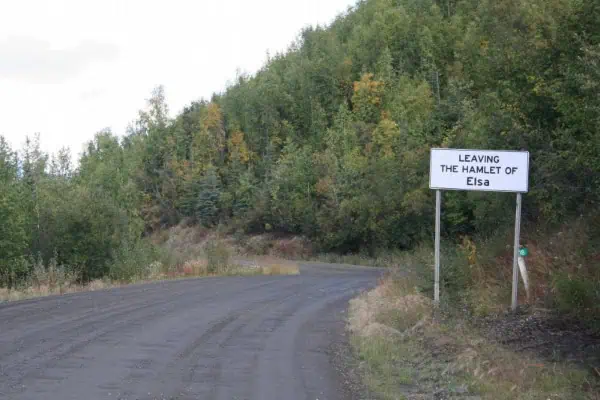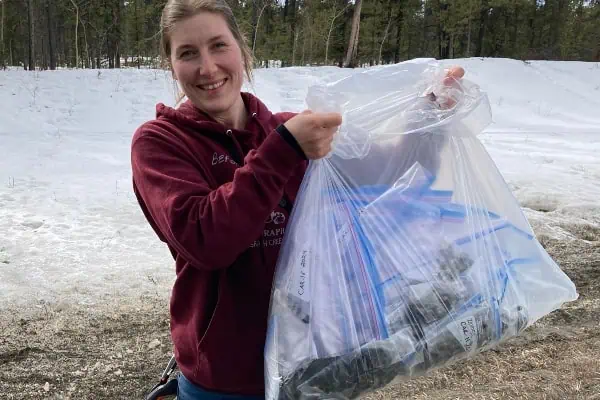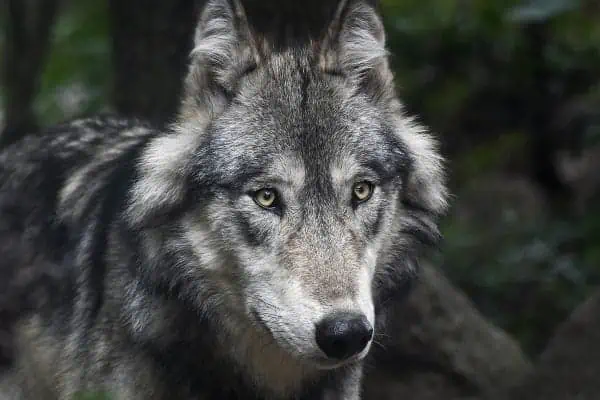We always said that when the kids were old enough we would take them for an Alaskan kayaking expedition, just like the one we had gone on before the kids were born. So last summer we did just that, and what we learned is that an eight-year-old and a 13-year-old are awesome ages for such a journey, and a year-old bear dog does great too.
The planning of the trip started during the winter, with the detailed study of maps, family meal planning, food dehydrating and setting aside dates on the calendar that were “set in stone.”
We made the choice to kayak to Harriman Fjord because it offered protected waters and the chance to see a plethora of glaciers. But it also meant driving all the way to Whittier, Alaska, which meant learning that an eight-year-old and a 13-year-old are also fantastic ages for loud, sibling squabbling during road trips.
We made it to Whittier without strangling each other, and we successfully paddled off from the ferry dock, fully stocked with all the gear the four of us (plus dog) would need for the entire two weeks of kayaking. We had to pack light because we were travelling in one triple kayak and one single kayak. This meant that the centre hatch of our biggest kayak was full of children and dog.
Our goals for the trip were to eat fish, eat prawns, see whales, visit glaciers, get along, not run out of food and to pick berries (but not because we had run out of food). And, amazingly, we met all but one of these goals. We didn’t see any whales (I am sure you thought it was getting along based on my report of the road trip).
In total we paddled about 170 kilometres in 13 days, learning that 12 kilometres a day was about the right pace with the kids.
The highlight of the trip was camping for three nights amongst the glaciers.
The first day it drizzled rain steadily and we decided to take a rest day, as much as we could rest with the constant sound of thundering, calving glaciers engulfing us.
On the second day with the glaciers, we left our camp and kayaked deeper into the fjord to get a look at Barry Glacier. However, over-night, thousands of small icebergs had filled the fjord, which made our journey seem daunting. But we pushed off anyways, letting the boats crunch over the chunks of ice, and laughing at the beauty of the different-shaped ice as we floated by.
As we got closer to Barry Glacier, I could see that it wasn’t the small glacier I had assumed it was from a distance; instead, it was a field of ice that stretched back into the hills further than I could imagine.
As we paddled around at the edge of Barry Glacier, we were often surrounded by two or three speckled seals, their heads only a slightly different shape and colour than the small icebergs.
Before returning to our camp at Coxe Glacier, we crossed the fjord and checked out Cascade Glacier. It seemed like Cascade Glacier calved the most out of the three glaciers in the fjord, and we enjoyed getting closer so we could see the action of the chunks of ice falling into the sea.
There was something about the fjord that made me feel at home. Out in the channel, on the way to and from Whittier, I felt exposed and a little out of my comfort zone – like I couldn’t quite feel my own skin.
In the fjord, I felt embraced. It felt darker in the fjord, as if humans weren’t truly welcome. There was something comforting about this (let’s not analyze that too much).
When not in the fjord, my family and I were blown away by the abundance of food that the Alaskan landscape had to offer. When blueberry patches were found, we were able to fill our coffers in minutes; and when the fishing line was dropped, we almost always got a salmon on the line.
The boreal landscape of our Yukon home is wondrous and amazing to explore, but there is something about the ocean and its changing tides, marine life and lush flora that make marine kayaking so alluring to our family.
We will definitely be heading back to Alaskan waters again.




